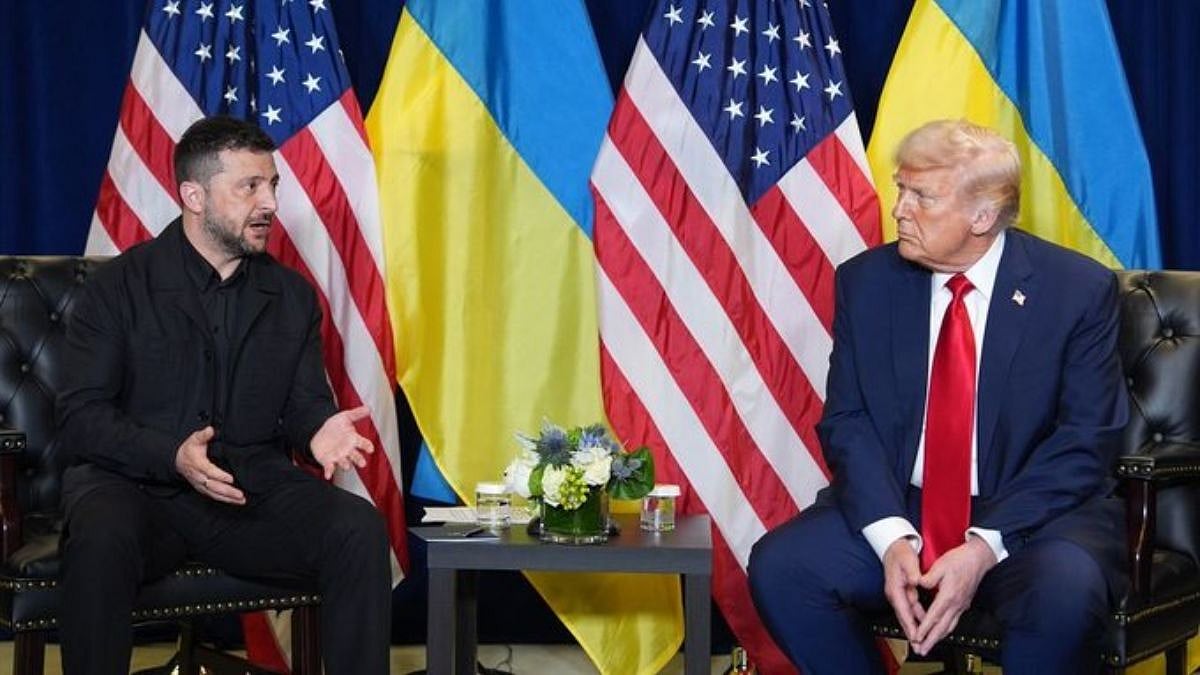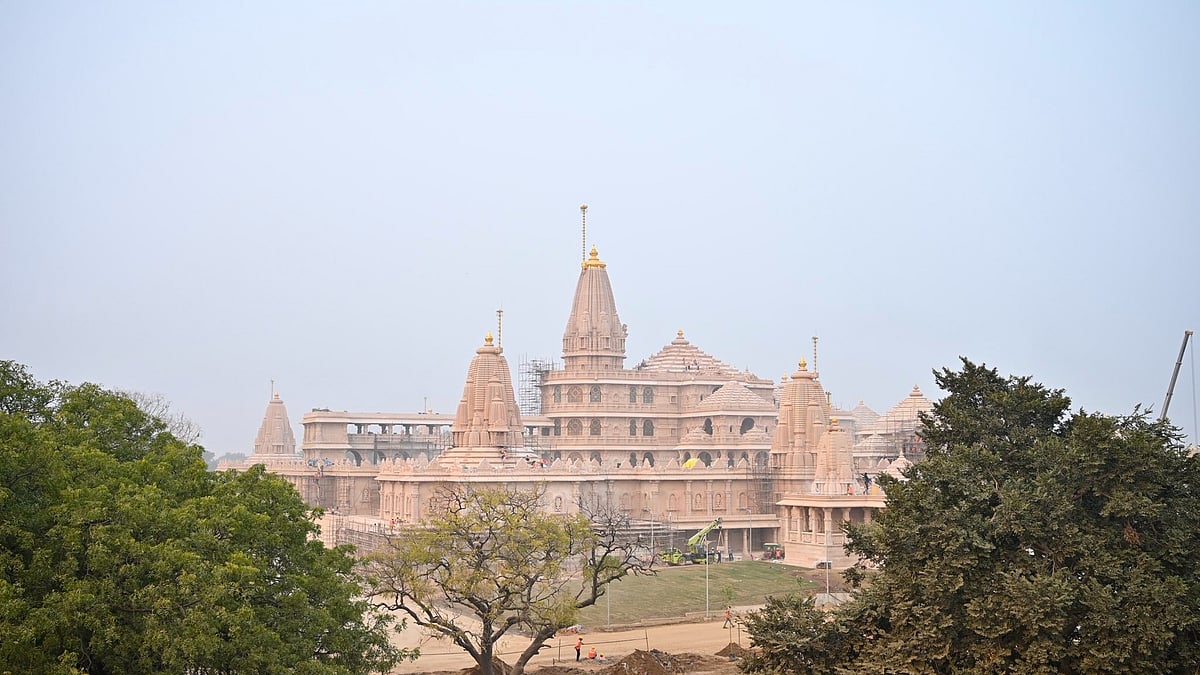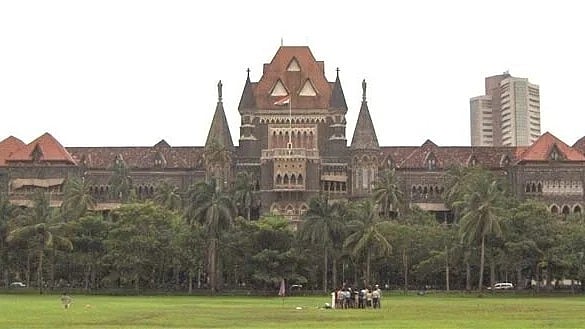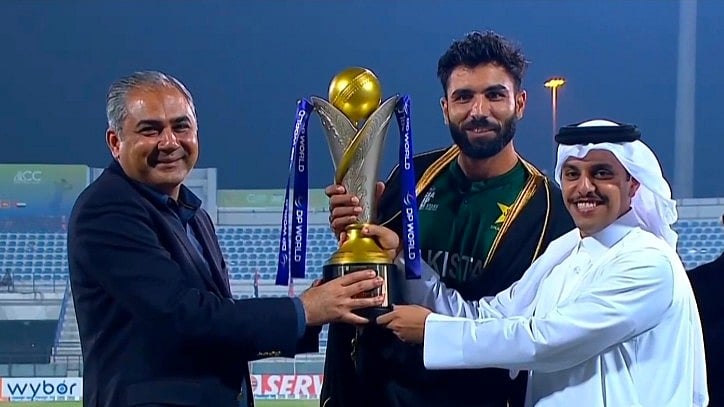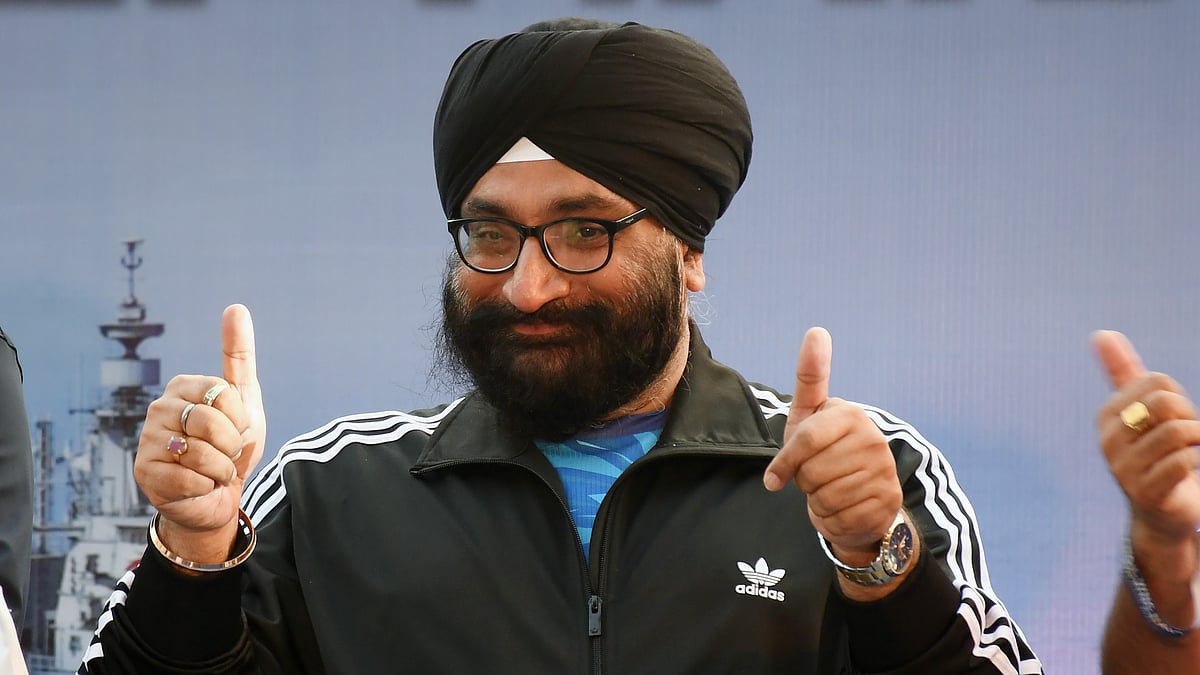Vinoo Mankad is a name that is instantly associated with the controversial mode of dismissal known as 'mankading'. This method of getting the batsman out has been a topic of debate for over 70 years. However, it is important to remember that Vinoo Mankad was also a celebrated all-rounder in the 1950s. He was a left-arm orthodox bowler who also opened the batting for the Indian cricket team.
Despite his impressive record, which included a batting average of over 30 and 162 wickets in 44 Tests, Vinoo Mankad's talent cannot be fully captured by these statistics alone. He was an integral part of the Indian cricket team from 1946 to 1959 and played a crucial role in many of their victories.
But Vinoo Mankad was much more than just a cricketer. He was a man of great character and integrity who set an example for generations to come. He was known for his sportsmanship and fair play both on and off the field. His contribution to Indian cricket goes far beyond his records and achievements, and he remains a source of inspiration for many young cricketers today.
Hear are 5 facts of the Vinoo Mankad:
1. His real name is Mulvantrai Himmatlal Mankad
Born on Thursday, April 12th, 1917 in Jamnagar, which was part of the former princely state of Nawangar (now known as Gujarat), he acquired his bowling skills from renowned cricketers Albert Wensley and KS Duleepsinhji, who was the nephew of the famous batsman Ranjitsinhji.
2. His son Ashok also played Test cricket for India
During his teenage years, Ashok Mankad delivered an impressive series of high scores in the Harris Shield. Scoring 348, 325, and 258 in this inter-school tournament led to his selection to represent both the Bombay and West Zone cricket teams in Under-19 tournaments. In his first year of college, Mankad played for the Bombay University in the Rohinton Baria Trophy and made notable contributions with 62 against Nagpur University, 131 against Karnataka, and an impressive 152 against Madras in the final. Notably, Mankad made his first-class debut a mere week before his seventeenth birthday.
3. Government of India awarded him Padma Bhushan in 1973
In 1973, the Government of India recognised his contributions by awarding him the Padma Bhushan civilian honour. A road located just south of the Wankhede Stadium in Mumbai has been named in his honour. Additionally, a statue commemorating him has been erected in his birthplace of Jamnagar, Gujarat.
4. Sir Don Bradman in his autobiography defended Mankad's action
For the life of me, I can't understand why the press questioned his sportsmanship. The laws of cricket make it quite clear that the non-striker must keep within his ground until the ball has been delivered. If not, why is the provision there which enables the bowler to run him out? By backing up too far or too early, the non-striker is very obviously gaining an unfair advantage. Bradman said in his book.
5. First Indian to take 5 wickets and score a hundred in the same Test
In March last year, Ravindra Jadeja became the first player to score 150+ in an innings and take a 5-wicket innings haul in a Test match against Sri Lanka. The first player to do so was Vinoo Mankad of India who had scored 184 runs and picked up 5 wickets against England in 1952.

